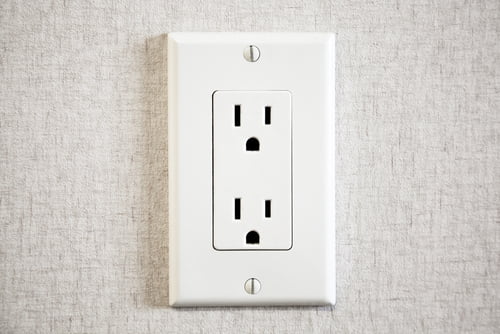Electrical switches are not created equal, though to the naked eye they often appear so. These are what activate the energy source coming into your house, thus powering every electronic device you own. It is amazing that something as simple as the flick of a switch is all it takes to live in the new age.
Without electric switches, artificial light as we know it would not exist. We would be forced to resort to the survival habits of our ancestors to stay warm. Many joys of modern living can be attributed to that small switch on the wall, but did you know that there are actually many different types of electric switches?
All About Power Switches
You are probably most familiar with single-pole electric models. These are what most room lights are powered by. By toggling the switch up and down, you subsequently trigger the electricity on and off.
Double-poles work and look much like single-pole types, with the only difference being they transfer 240 volts instead of 120. They are commonly used to power appliances and high-load light sources and feature four terminals in place of the standard two.
Three- and four-way electric switches complicate matters even more by introducing additional terminals. The former are used with lights or devices that are powered by multiple switches. Some exterior lights can be turned on and off by two switches on opposite sides of the house, for instance. This is possible by way of the third terminal present on both of them. These terminals work in conjunction with one another to determine the appropriate response (i.e. power on or off).
Four-way switches do not control devices directly, but rather work as relays that allow for an unlimited amount of three-way models. In theory, one light could be controlled by a thousand different switches as long as the transfer switch wiring schematics were laid out properly.
A final type of switch that doesn't appear to be one at all is a dimmer. By adjusting the dial, the light will get darker or brighter. Instead of running continuously, the light bulb is actually turning on and off at a rate faster than you can see, thus making the source appear to be constant. The dial simply alters the speed of the on/off interval.
Call your favorite Atlanta technicians at Pat Murphy Electric if you need help installing a new switch or for any other commercial or residential electric services.

